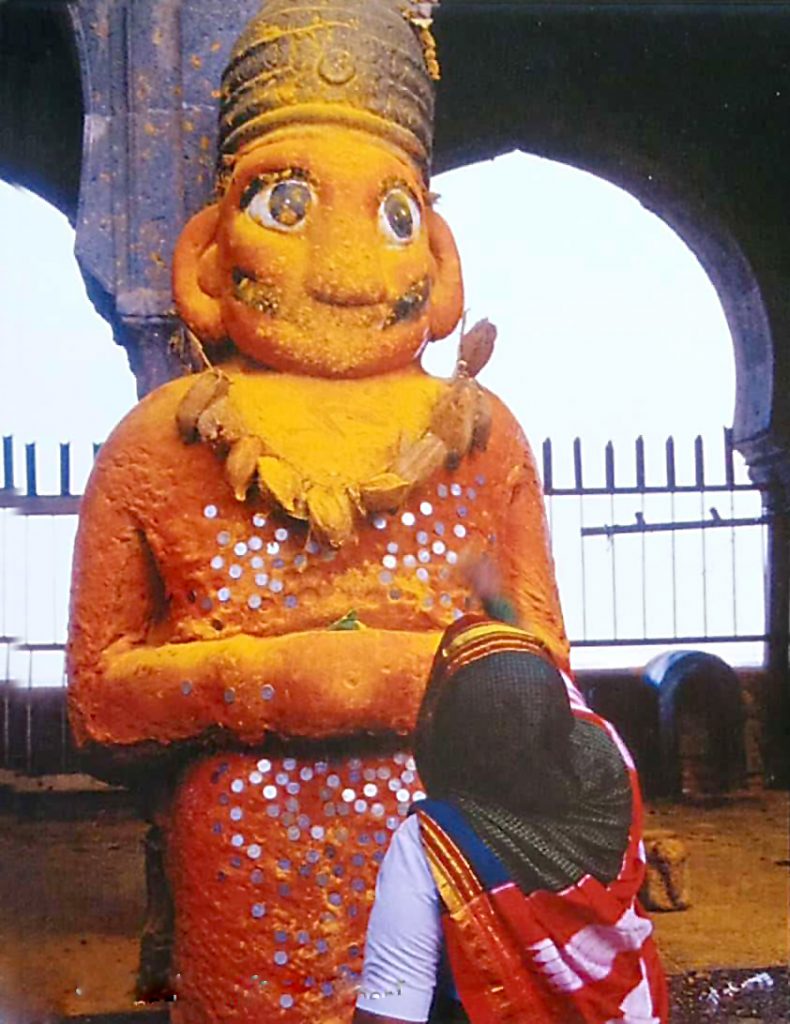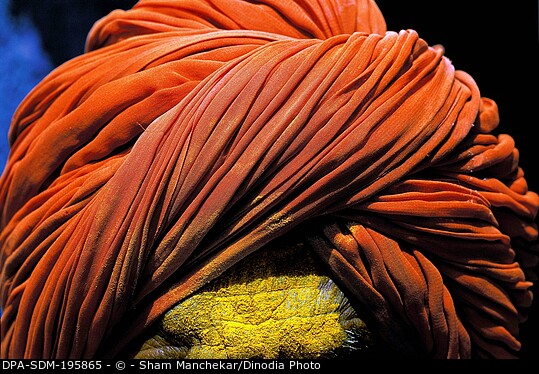Sham Manchekar
Photographer

There is a long standing argument if Photography is an art form. Sham Manchekar is one of the photographers whose work puts to rest the ambiguity about photography being an art form. Many of his canvases, here I use the word canvas in a sense of something that presents the work of art, are so evocative emotionally, touching the chords of heart and soul. Either real or surreal, the images leave no doubt about the immense talent and creative potential of a master. Lauded here and abroad, his immense passion, dedication and vision for relentless pursuit of image making is, to say least, phenomenal.
His humble beginnings were not a hindrance; it fuelled the desire to be something, to do something spectacular. He did his schooling from 5th standard to Matric i.e. SSC today, in Kharepatan, Sindhudurg After securing first class marks in SSC examinations, which was a premise of a very few,
he came to Mumbai for his college studies from his native place in rural Maharashtra. For the first year of his B. A. studies he had to stay with his brother-in-law in a crowded chawl, with somewhat primitive facilities. Later he moved to better accommodations in Malad, a suburb of Mumbai. He was looking for a job and was selected for the post of a clerk at Life Insurance Corporation of India, LIC for short. After passing the departmental examinations with flying colours, he got promoted shortly. As the staff quarters were available for LIC employees, he applied for the same and was allotted staff quarters. “The journey afterwards was comfortable” Says Sham.

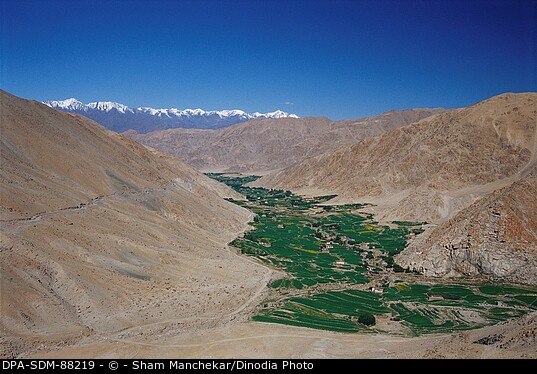
But in his heart, he wanted to pursue his passion for art and photography. Along with his college studies, he did a course in Audio Visual and a Diploma in Photography from Sir J. J. School of Arts. These qualifications made it easy for him to get a transfer to the publicity department. He loved to work in a department where he could exercise his creativity and sense of art. He used to help the departmental photographer and then after the photographer retired, Sham took full responsibility for photography work. This included front, back and inside cover photographs for the house journal, covering the official meetings and functions. Many LIC calendars are adorned with his beautiful photographs and his design. Due to his contribution, LIC House magazine ‘Yogakshema’ won the 1st Award of Association of Business Communicators of India in Photo Division for -1982.
He also did corporate portraits of the top bosses. In this way, he frequently came in contact with the Chairman, Director and other top executives. His curious, warm persona, his charming ever present smile and affinity towards fellow human beings was an asset in communicating with the top ranking superiors.
He became a member of Photographic Society of India, PSI, Mumbai. He used to attend the PSI activities. Participating in many National and International Salons, he achieved great success in the form of many national as well as international awards. After being awarded PSI photographer of the year in 1982, he decided to quit participating in the salons and work towards his one man show. He received “Artiste FIAP”, (AFIAP) honours from Federation lnternational De l’Art Photographique, Belgium, A body recognized by UNESCO – 1986. For a time he was salon secretary at PSI facilitating the salon participation of the members.
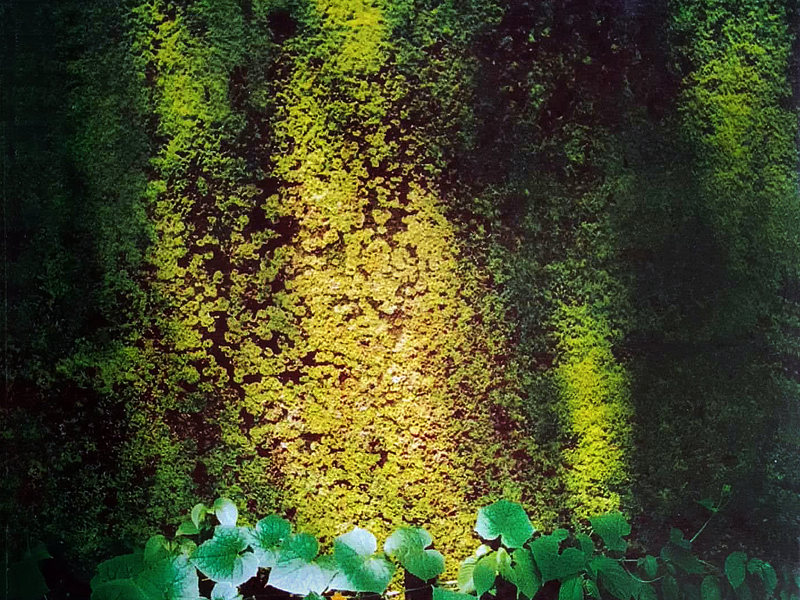
I remember a visit to Dr Salim Ali Bird sanctuary, Yerawada, Pune with Sham in 1984. I was a frequent visitor there and Sham asked me to arrange a visit for him. We left Mumbai on a weekend by the last Asiad luxury bus, at 11.30 pm. Reached Pune ST bus depot at around 5.00 am. Dozed for an hour and a half on a bench and then caught an auto to go to Bund Garden, where the Dr Salim Ali Bird sanctuary is situated next to the Mula Mutha river. It was dark, before sunrise. Some people were warming themselves around a small fire. We also warmed ourselves, chatting with them. He took some pictures with blue twilight and the warmth of the fire. We were at the sanctuary for a whole day. Around noon, as the birds were also resting, we had lunch and took a siesta on chairs at the forest department’s office. Then we shot well after the sunset. He returned back by evening bus to Mumbai. The whole time he was so enthusiastic, never expressing any discomfort over the lack of sleep and other hardships. He has won the Chairman’s Trophy, a very prestigious international award in the same year. I was in awe of his achievements and constantly inquired about the salon participation and pictorial photography scene. I remember him explaining the nuances very patiently.

So far, participating in competitions, his work was bound by the pictorial standards, a style adhering to the principles and compositions of old masters. Later he developed his own style, which leans more towards abstract. Like some surreal artists, his pictures are more the textures, forms, colours, tones, in a very artistic presentation. He focused his energies and talent on his first one-man show “Land and Water” at Piramal Art Gallery. Over the years he has hosted 9 one-man shows and a joint show on diverse subjects like Landscapes at Ladakh, Moss, Cars, Religious Festivals, Land and Water & Trees. His work is appreciated all over the field of art.
He was one of the only 50 photographers from the world, who were invited by the People’s Republic of China to attend “World Photographers focusing on Beijing” in March 2000. He was one of the two photographers selected from India. The all-expenses paid, five-star tour was a great honour and a very proud moment for him as he was representing India in another country.
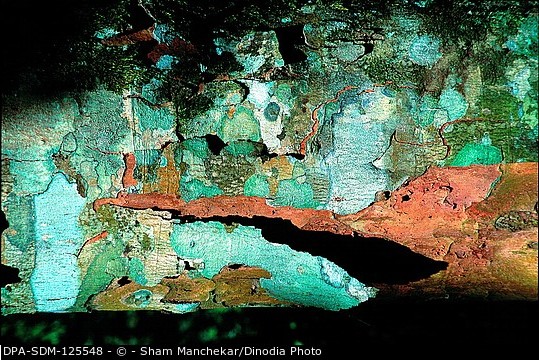
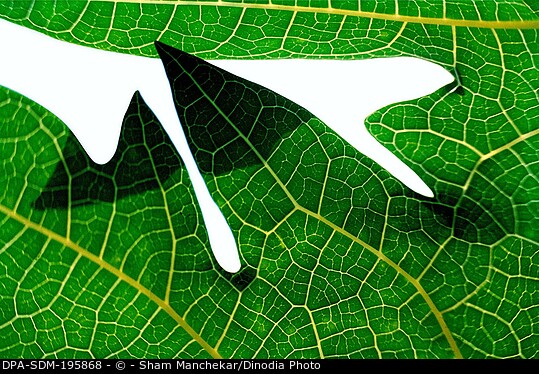
He met Jagdish Agarwal, the founder of Dinodia, at PSI somewhere around the year 1989. About being a part of Dinodia for so many years, he says “DPA meetings always gave excellent opportunities to meet other photographers regularly. The information about what sales were gained from observing the work published by others. Dinodia was a good motivator to shoot general subjects for stock as well as a source of supplementary earnings.” He further tells about Jagdish Agarwal, “He is the most honest man. Otherwise, you know what happens at other places.” He attended most of the DPI meetings and it was always very educational and entertaining talking to him on varied subjects. He was so curious about the artwork others were creating, the equipment, techniques, the happenings in the world of art and photography. One can almost see his creative juices flowing in his mind, contemplating the next subject, the next project, the upcoming images.

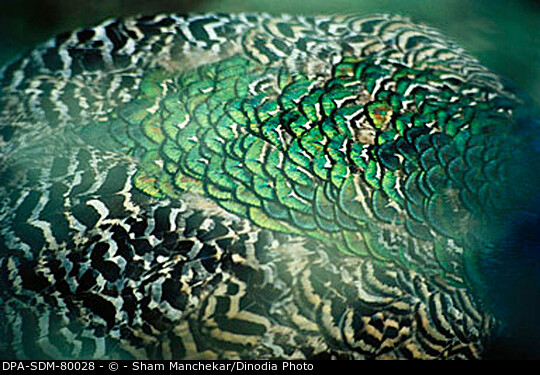
When asked about his approach towards the next exhibition project, he told me “I select a theme. Then I ponder over it for a long time. It may take over two years to conceptualize, shoot and present the pictures.” Talking about his next project, ‘Spring Season’, Vasant Rutu, he expressed concern about safety while going out for photography. He feels that,
nowadays, there is less security. In the olden days, it was safe to go to the national park, or any other place away from urban clutter. Now there is always a fear or worry about your expensive cameras and other equipment. He does not feel safe traveling on his own. “Better to travel in a group,” He says.
The creative process and the physical manifestation in the form of an exhibition could be very tiring for the body and mind. He said about this, “Why should I have this greediness for creating something new? I have accomplished a lot and am satisfied with what life has given me.” Then he relents, “but then you must have the desire, passion to do, to achieve new success. Otherwise, you are finished.”
Written & Transcripted by Anirudha Cheoolkar
